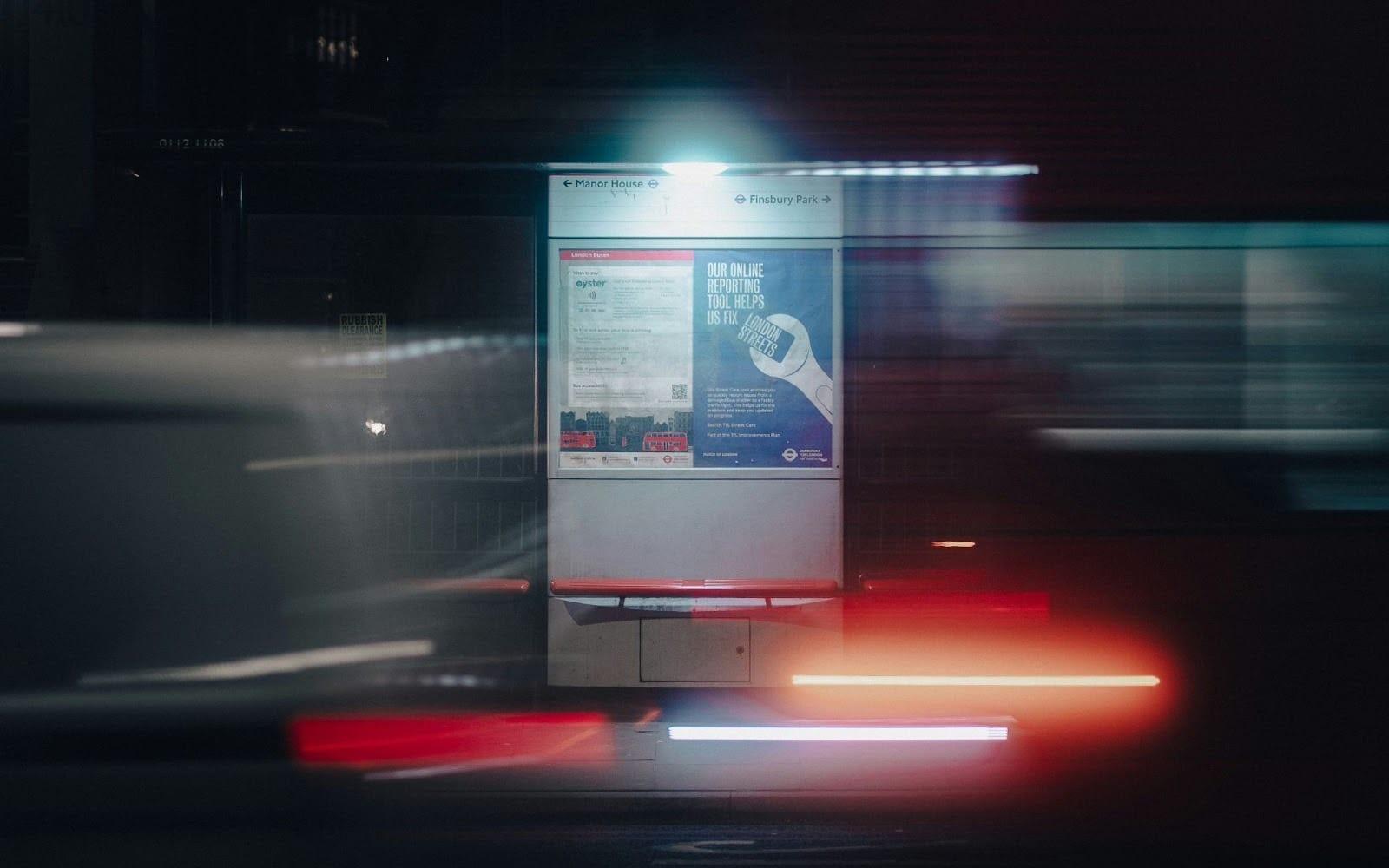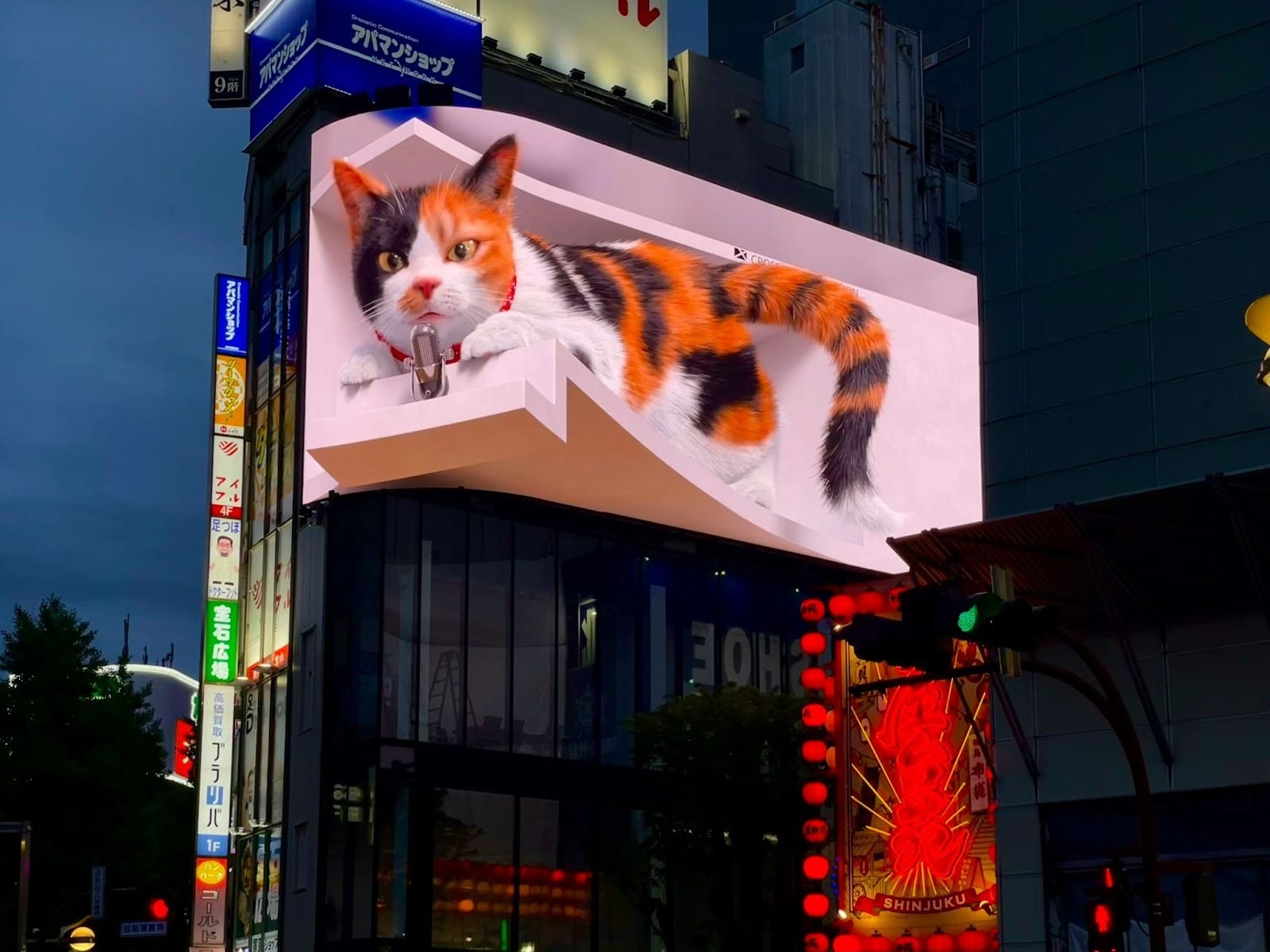What is Interactive Advertising? The Future of Engagement in Mixed Reality
Interactive advertising is rapidly transforming how brands engage with audiences. What was once an experimental niche is now one of the fastest-growing segments in digital marketing. The global interactive advertising market, valued at around US$35–40 billion in 2022–2024, is projected to surpass US$122 billion by 2030, growing at an impressive 15% CAGR.
By transforming audiences from passive viewers into active participants, it helps brands forge deeper, more memorable connections with their customers. It sets the stage for a new era of engagement-led marketing.
What is Interactive Advertising?

Interactive advertising is a form of digital marketing that encourages two-way communication between a brand and its audience. Instead of simply delivering a message, it invites people to engage, explore, and respond within the ad itself.
These interactive ads prompt people into action and encourage them to take an active role in the experience through rewards and incentives. By inviting users to click, swipe, scan, or play, the audience becomes part of the brand story.
To understand why brands are embracing it so quickly, consider two very different ads. One shows a juicy burger, upbeat music, and a catchy slogan inviting you to come and try. It runs on TV and social media, earns millions of impressions, and leaves a pleasant aftertaste. Another ad asks you to open an app, point your phone at a rival brand's billboard, and burn it virtually before rewarding you with a free burger coupon.
Both of these ads are from Burger King. The first delivered a wide reach and awareness. The second drove action, engagement, and measurable results. The Burn That Ad campaign alone generated over 400,000 interactions, 1.5 million Whopper redemptions, and a 55% boost in in-app sales.
Key Features That Make an Ad Interactive
AR and VR Experiences
Augmented and Virtual Reality bring products to life in ways traditional ads cannot. It is one of the most used forms of interactive advertising across the globe.
Olay's AR campaign invited users to take a selfie, analyze their skin, and receive personalized product recommendations. The result was more than 1.2 million engagements and doubled conversion rates.
GUESS Eyewear's AR try-on campaign saw a 44% higher engagement rate compared to benchmarks, with users spending an average of 19 seconds exploring the product in 3D.
Gamified Ads
Gamified ads turn interaction into entertainment. Samsung's "Galaxy Randomizer" TikTok effect asked users to play along with a fun challenge, generating over 26 million video views and thousands of user-created clips. By adding a sense of play and reward, these ads inspire curiosity and voluntary participation.
Shoppable Ads
Shoppable ads allow viewers to make purchases directly within the ad experience. Cadbury's Chocobakes campaign in India used an interactive mobile video where users swiped chocolate pieces to reveal the product and could instantly tap to buy. The campaign drove high consumer engagement among Gen Z and millennials and delivered a noticeable lift in conversions.
Interactive Videos
Interactive videos let viewers influence what happens next, creating a sense of agency. Netflix's "Bandersnatch" showed how powerful choice-based storytelling can be, inspiring brands to experiment with similar formats in campaigns that adapt to user behavior and preference.
QR Code or MR-Triggered Ads
QR codes or MR ads link physical touchpoints to digital experiences. They turn static media into interactive portals; these formats extend real-world interactions into the digital realm.
For instance, Home Depot's AR holiday campaign let shoppers virtually decorate Christmas trees from their phones, recording an average engagement time of over two minutes and a 12.5% click-through rate to the shopping page.
Why Interactive Advertising Matters in 2025?
Interactive advertising is an impactful way to boost ROI, make your brand memorable, and increase consumer preference. Here are key metrics that build its case:
Ads with interactive elements (browse, sample, play) increase brand choice by 30-40% in many categories.
Interactive ad formats often drive 5X higher ROI compared to static ads when they capture real engagement (clicks, taps, or participation) rather than just impressions.
Users of interactive creatives spend on average 7.8-10.2 seconds engaged with them, whereas static banners or passive formats barely cross 2-3 seconds.
AR-based ads have 70% higher memory retention rates than non-AR ones.
Mixed Reality: The Next Level of Interactive Ads
Mixed Reality (MR) brings together physical and digital worlds to deliver experiences that feel both immersive and grounded. It takes interactive advertising further by allowing real environments to trigger or support virtual elements. Here is how MR amplifies interactivity:
MR formats allow product visualization in a user's real space, such as virtual try-ons and placing furniture in a home. They help reduce purchase hesitation and returns. For example, AR/VR product demos help users better understand size, fit, look, and utility.
In MR campaigns, dwell times are far higher. One report shows average engagement of 75 seconds in MR/AR experiences.
Brand recall and emotional connection rise dramatically. Studies report improvements in recall by 70% when MR/AR is used vs standard ad formats.
These formats also bring richer behavioral data: how people move, explore, and react in real space. This is an opportunity for marketers to optimize and personalize more future activations.
In short, mixed reality is just another cool marketing trend. It is a smart initiative that deepens engagement, builds stronger memory, and connects to real moments and spaces.
Real-World Examples of Successful Interactive Ads

Here are some fantastic examples of mixed reality advertising that have revolutionized the sphere of digital marketing:
Asian Paints: Kashmir Ad with Flam Mixed Reality
Asian Paints released a special edition paint pack celebrating the culture and beauty of Kashmir.
The print ad was published in select Kashmiri newspapers and had a QR code. When readers scanned it, they were taken on a mixed reality experience.
Users saw visuals of snow-covered peaks, local art, and Kashmiri culture from the comfort of their homes just by scanning a QR code.
This campaign shows how traditional print media can be transformed into immersive, emotionally engaging storytelling via mixed reality.
FlipkartXFlam: QR-Powered Interactive Festive Ads
Flam collaborated with Flipkart during their massive Big Billion Days Sale to give their traditional print ads an interactive edge with Mixed Reality.
The integration of a scannable element transformed Flipkart’s traditional festive print ads into a Mixed Reality experience.
The campaign's primary objective was to leverage immersive technology to drive direct sales opportunities and successfully lead customers from a physical ad straight to Flipkart's TV product listings.
The campaign shows how MR ads can elevate the "at home" shopping journey and help boost direct sales for brands.
Samsung: Voice-Enabled Mixed Reality Campaign
Samsung collaborated with Flam to launch a voice-enabled MR advertisement for the Galaxy S25 Ultra.
Users could interact with the ad using voice commands, controlling the experience and exploring content dynamically.
The campaign allowed consumers to engage with product features and visuals in real time. The campaign was able to create a personalized and immersive encounter.
This initiative shows how integrating voice with mixed reality can elevate advertising, turning a standard campaign into an interactive, memorable experience.
Burger King: Whopper Detour
Another campaign by Burger King that leveraged geolocation with interactive storytelling.
When customers were within 600 feet of a McDonald's, the app unlocked a deal for a 1-cent Whopper at the nearest Burger King.
The campaign drove massive app download growth and boosted foot traffic.
This example shows how interactivity tied to location can translate into strong real-world behavior.
Christian Dior Parfums: AR Try-On
Dior used augmented reality to allow users to try on different lipstick shades virtually via their phone cameras.
The AR ads had a "shop now" feature so users could buy directly after the AR experience.
The campaign reached over 4 million people, and the virtual try‐ons were used over 400,000 times.
This example shows how combining AR with direct commerce can yield both engagement and conversion.
Creating an Interactive Advertising Campaign with Flam
Building an interactive ad no longer requires technical teams or complex setups. With Flam, brands and creators can bring their ideas to life in minutes. They can create interactive ads that blend creativity, storytelling, and measurable results using Mixed Reality (MR).
Here's how the process unfolds:
Ideate Storytelling Goals: Start with the experience you want users to feel. Whether it's unveiling a product, telling a brand story, or transforming static media into an immersive world, Flam helps refine that vision into an interactive narrative.
Use AI tools to Build MR Experiences: Flam's AI-powered marketing and creation suite lets marketers design mixed reality campaigns without writing a single line of code. Simply upload visuals, set the interactions, and the platform generates a fully immersive MR layer ready for deployment.
Use QR-enabled Media Campaigns: From print ads and billboards to packaging and event installations, Flam turns any surface into an interactive touchpoint. With QR-based advertising, audiences can scan a QR code and instantly experience the campaign; no app downloads or logins are needed.
Built-in Analytics Dashboard: Track user interactions, dwell times, conversions, and heatmaps in real time. This data helps optimize campaigns and measure impact beyond impressions.
Conclusion: The Future is Interactive, and Mixed Reality is Leading It
Advertising is no longer just about grabbing customer attention; it's about creating experiences that people remember and want to be part of. As audiences grow more selective and digital spaces become more crowded, interactive and mixed reality ads are emerging as the bridge between creativity and connection.
The future of advertising isn't passive; it's participatory. With platforms like Flam, brands can lead this shift by crafting immersive experiences that don't just speak to audiences but rather engage with them.